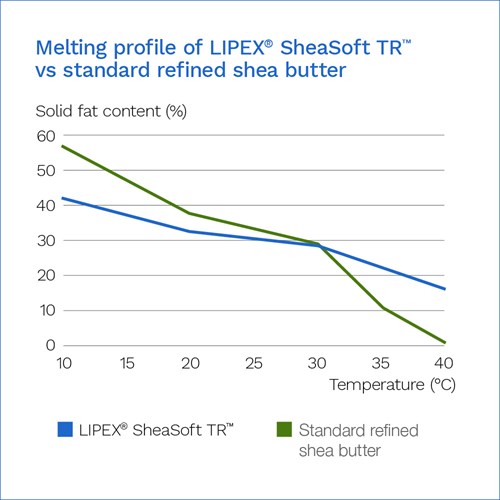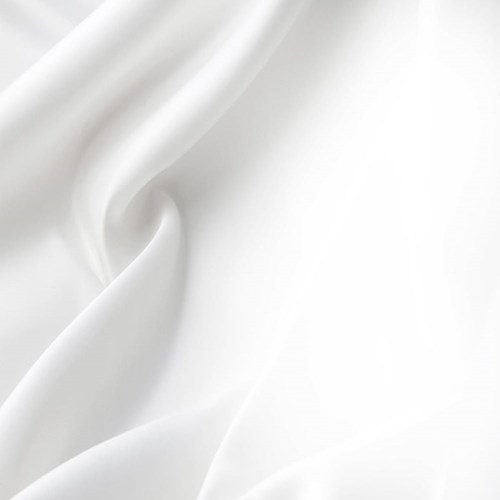Explore more

LIPEX® CocoaSoft RA MB™
This cosmetic grade Rainforest Alliance mass balance certified cocoa butter is expertly processed to ensure easy formulating and upscaling.

LIPEX® IllipeSoft™
This cosmetic grade illipe butter is expertly processed to ensure easy formulating and upscaling.
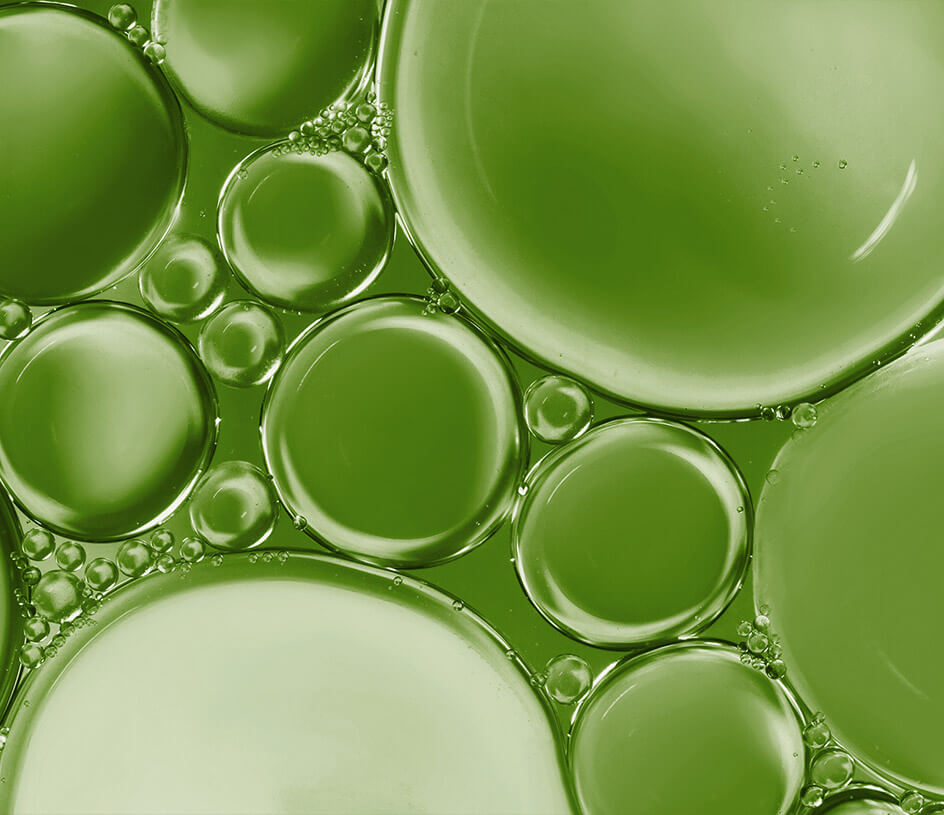
LIPEX® SheaSoft TR™
This climate-compensated, fully traceable semi-solid shea butter has a creamy texture, slow-melting profile, rapid crystallization, and proven skin moisturizing benefits.

Register for our online masterclasses
All sessions are now open for on-demand viewing. So, you can learn from our expert team at a time, place, and pace to suit you.
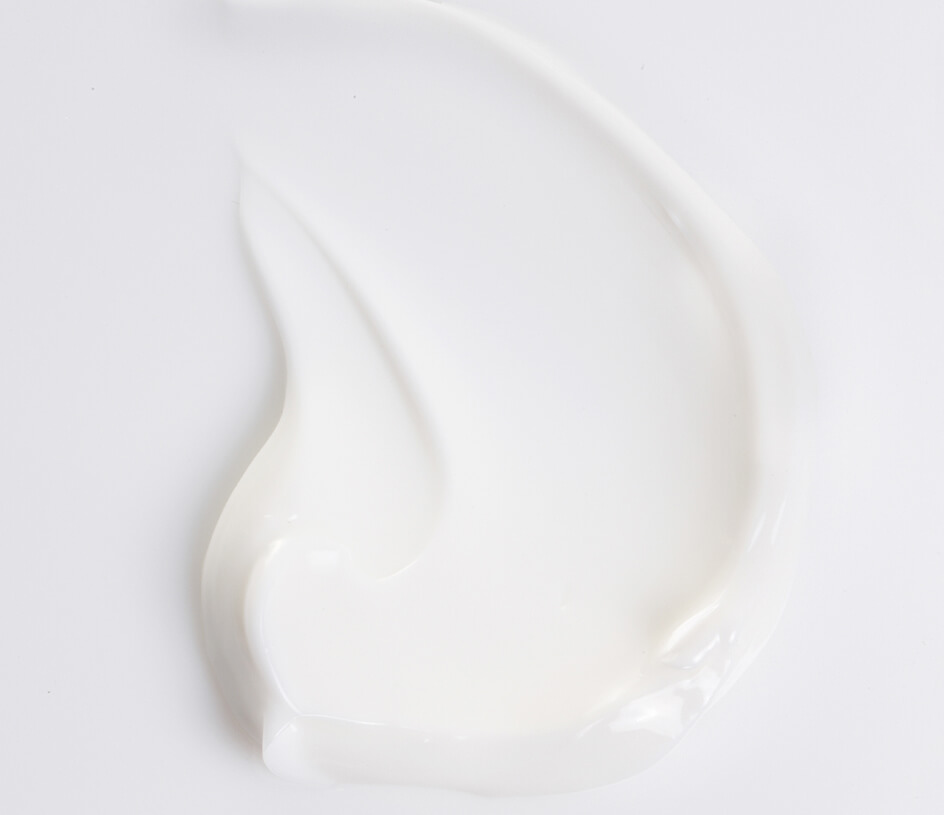
Shea technology
The ability to use shea in high percentages across a wide range of cosmetic products drives demand and supports livelihoods in West Africa.
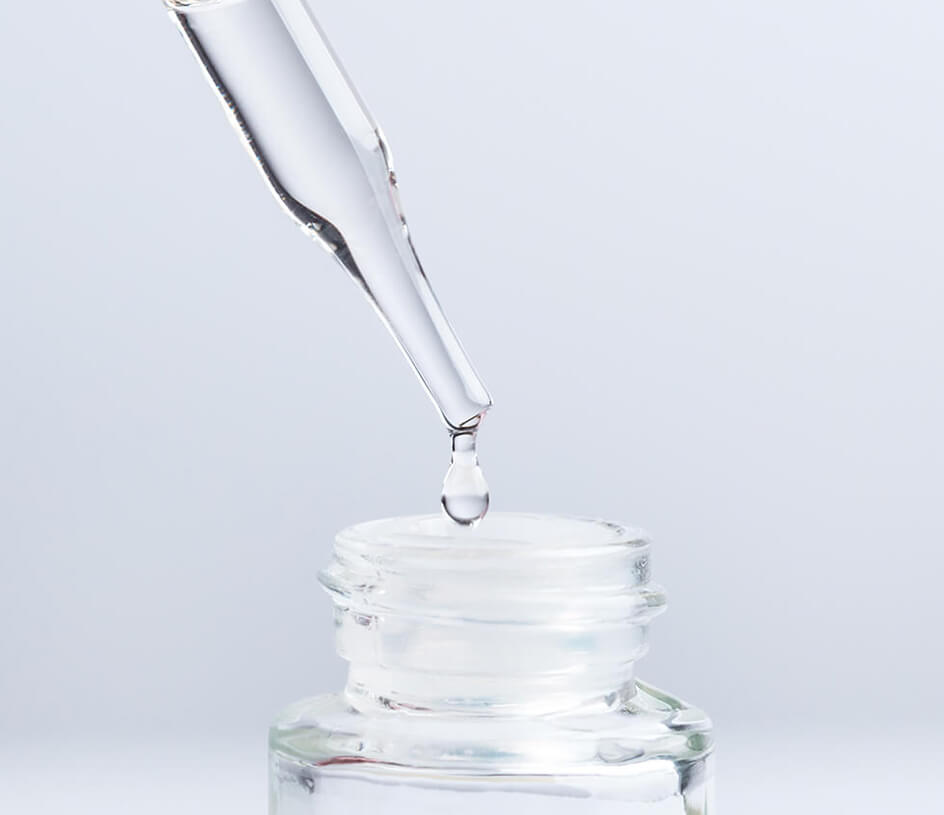
Canola technology
Canola oil is a rich and eco-conscious source of skin-replenishing fatty acids, skin-soothing phytosterols, and antioxidant tocopherols.






